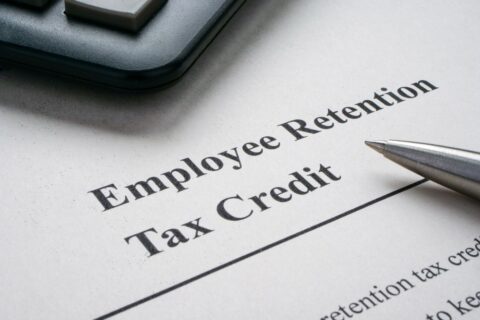Abstract: Sole proprietorships and pass-through entity structures, which include partnerships, S corporations and certain limited liability companies (LLCs), provide owners with some valuable tax benefits, such as avoidance of double taxation and the potential ability to deduct losses from the business on their individual tax returns. But the Tax Cuts and Jobs Act (TCJA) has placed some limitations on deducting business losses. This article looks at the changes in the rules and how they affect sole proprietors and owners of pass-throughs.
Excess business loss rule may be unfavorable to you
Sole proprietorships and pass-through entity structures, which include partnerships, S corporations and certain limited liability companies (LLCs), provide owners with some valuable tax benefits, such as avoidance of double taxation and the potential ability to deduct losses from the business on their individual tax returns. But the Tax Cuts and Jobs Act (TCJA) has placed some limitations on deducting business losses. Here’s a look at the changes in the rules and how they might affect you.
The Way It Was
Before the TCJA, an individual taxpayer’s business losses could usually be fully deducted in the tax year when they arose. That was the result unless the passive activity loss (PAL) rules or some other provision of tax law limited that favorable outcome, or the business loss was so large that it exceeded taxable income from other sources, creating a net operating loss (NOL).
Under prior law, you could carry back an NOL to the two preceding tax years. You also could carry it forward for up to 20 tax years.
Need help refining your tax strategy in light of the TCJA? – click to learn more about HM&M’s tax services
The way It Is Now
Through 2025, the TCJA changes the rules for deducting an individual taxpayer’s business losses. Unfortunately, the changes are unfavorable to affected taxpayers.
Before we look at the changes, it’s important to review how the PAL rules work. They may apply if your business is a rental operation or you don’t actively participate in the business.
In general, the PAL rules allow you to deduct passive losses only to the extent you have passive income from other sources, such as positive income from other business or rental activities or gains from selling them. Passive losses that can’t be currently deducted are carried forward to future years until you either have sufficient passive income to absorb them or you sell the activity that produced the losses.
If you successfully cleared the hurdles imposed by the PAL rules, the TCJA places a new hurdle in front of you: For tax years beginning in 2018 through 2025, you can’t deduct an “excess business loss” in the current year. For 2019, an excess business loss is the excess of your aggregate business deductions for the tax year over the sum of $255,000 (or $510,000 if you’re a married joint-filer) and your aggregate business income and gains for the tax year.
The excess business loss is carried forward to the following tax year and can be deducted under the rules for NOL carryforwards. For NOLs that arise in tax years ending after December 31, 2017, you generally can’t use an NOL carryforward to shelter more than 80% of your taxable income in the carryforward year. (Under prior law, you could usually shelter up to 100%.)
In addition, NOLs that arise in tax years beginning after December 31, 2017, can’t be carried back to an earlier tax year. Instead, they can be carried forward indefinitely.
More Considerations
As noted, the new loss limitation rules apply after applying the PAL rules. So, if the PAL rules disallow your business or rental activity loss, the loss limitation rules are irrelevant.
For business losses passed through to individuals from S corporations, partnerships and LLCs that are treated as partnerships for tax purposes, the new loss limitation rules apply at the owner level. In other words, each owner’s allocable share of business income, gain, deduction or loss is passed through to the owner and reported on the owner’s personal federal income tax return for the owner’s tax year that includes the end of the entity’s tax year.
Practical Impact
The rationale underlying the new loss limitation rules is to further restrict the ability of individual taxpayers to use current-year business losses (including losses from rental activities) to offset income from other sources, such as salary, self-employment income, interest, dividends and capital gains.
The practical impact is that, if you have excess business losses for 2019, the requirement that such losses must be carried forward as an NOL forces you to wait at least one year to get any tax benefit from those excess losses.
If it looks like your business may generate a loss in 2019, contact us to help you determine the impact of the TCJA on your tax situation.
Contact UsLatest News
On June 9, the IRS released Announcement 2022-13, which modifies Notice 2022-3, by revising the optional standard mileage ...
At the tail end of 2021, the Internal Revenue Service (IRS) released new Schedules K-2 and K-3 effective ...
This information is current as of Sunday, November 21, 2021. On Friday, November 19, 2021, after the Congressional ...
HM&M Updates
DALLAS, Dec. 11, 2024 – Springline Advisory, a trailblazing financial and business advisory firm, is proud to announce its partnership ...
Last month, Senior Manager, Pearl Balsara was invited to speak at the 2023 FPA DFW Annual Conference in ...
We are pleased to announce the winners of the 2022 HM&M Excellence Awards. Ronna Beemer, Keith Phillips, and ...









